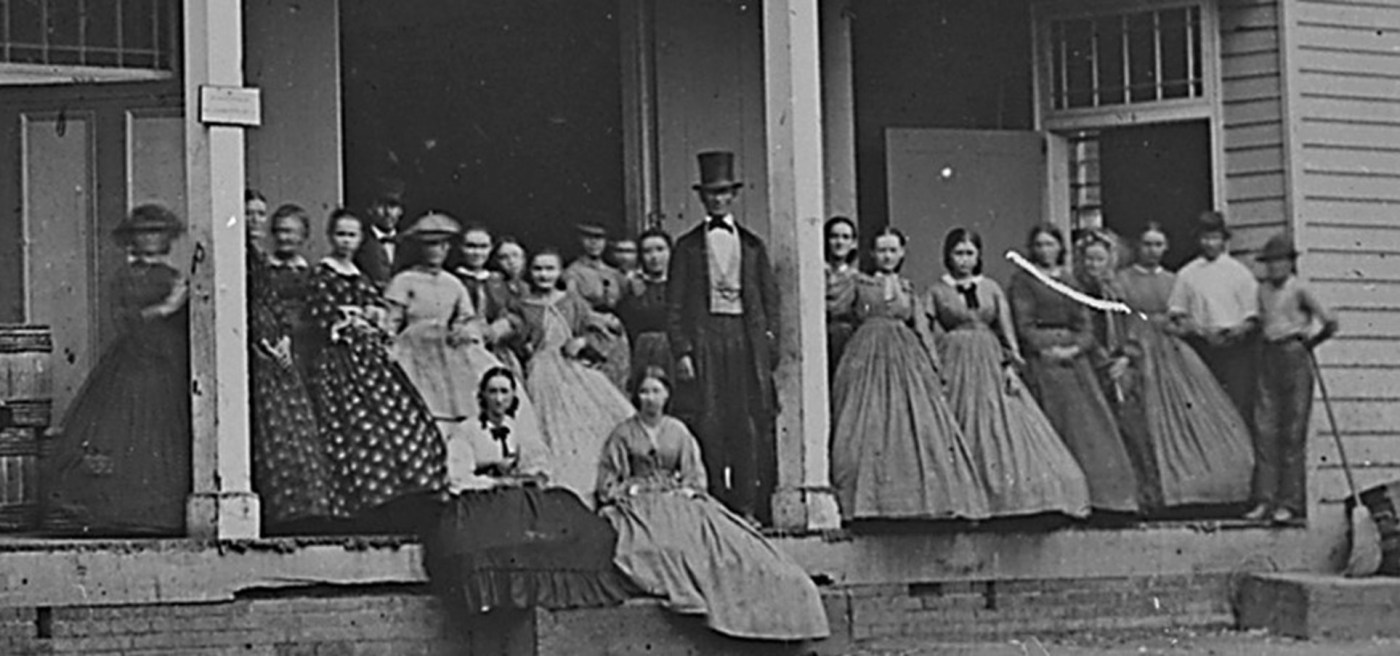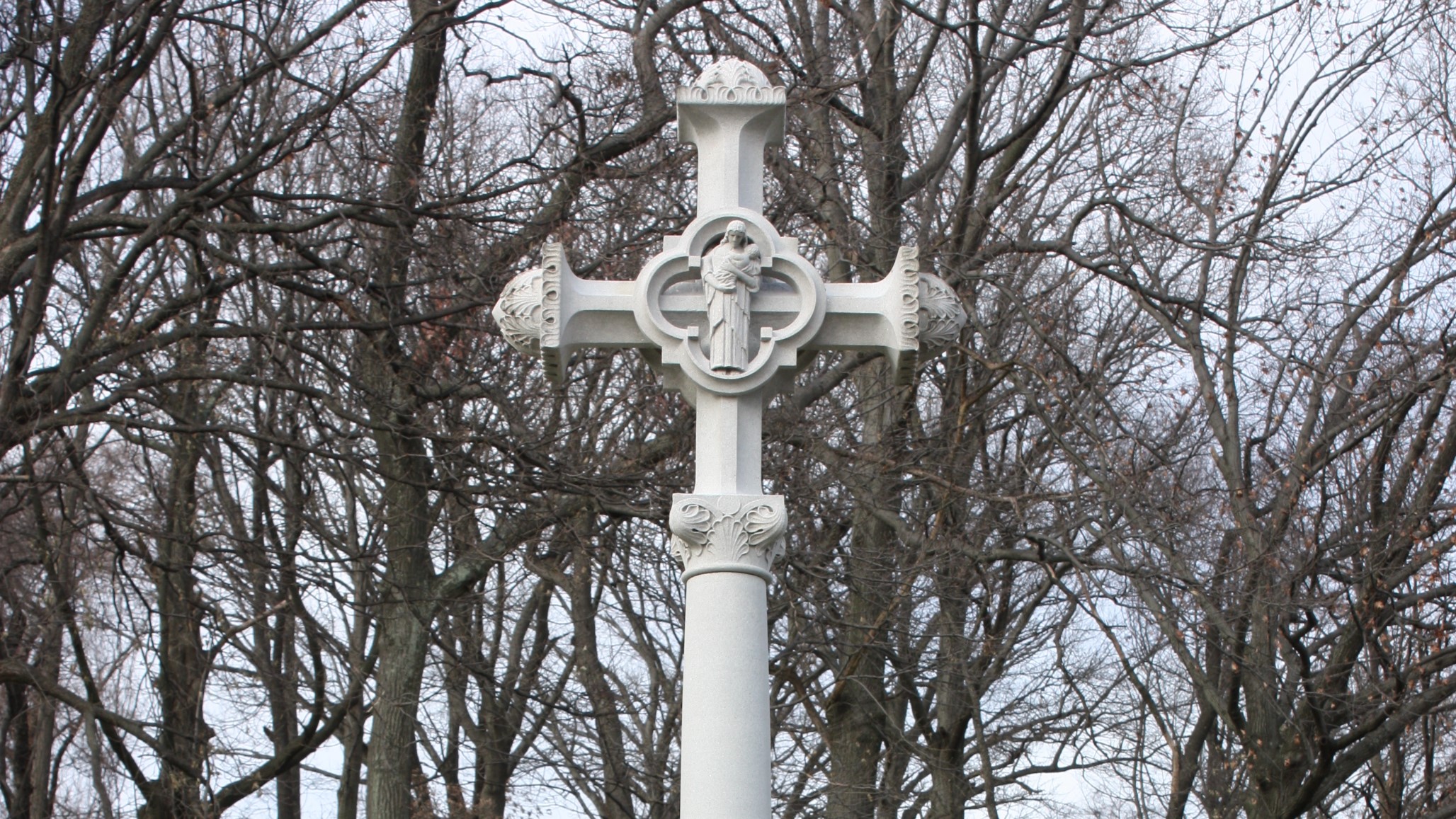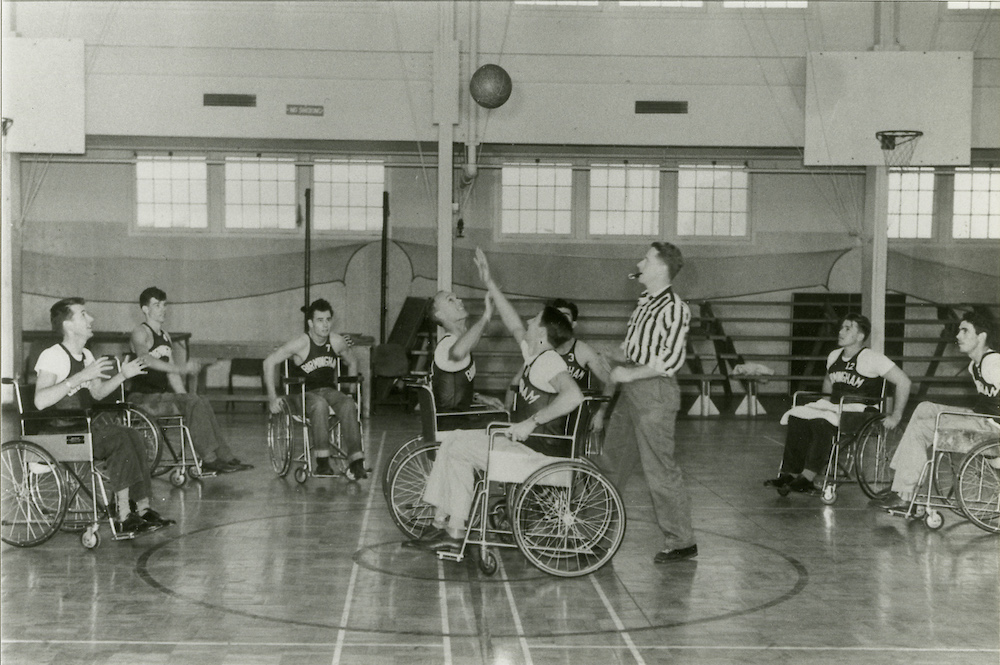The National Cemetery Administration (NCA) serves as the steward for government and military lots at select private cemeteries nationwide. The Congressional Cemetery in Washington, D.C., is home to several of these lots containing more than 800 burial sites in locations scattered across the 35-acre grounds. Interred within are members of Congress, prisoners of war, a U.S. vice president, Native American dignitaries, and government employees. Their graves are marked by headstones that come in a variety of shapes and sizes. One of the largest markers is the monument honoring the women who died in an explosion at the Washington Arsenal during the Civil War.
On June 17, 1864, female workers—many of whom were young, Irish immigrants—were busy assembling ammunition cartridges at the Washington Arsenal, a U.S. Army installation (now Fort McNair) at the confluence of the Potomac and Anacostia Rivers. The weather that day was sweltering, with temperatures approaching 100 degrees. Just before noon, red and white star pellets used in fireworks that were drying on metal trays outside the women’s workspace ignited in the heat. The pyrotechnics flew into the air and one pellet entered a window left open for ventilation. It skidded across the worktable, igniting the cartridges being assembled, and landed in a barrel of gunpowder. The ensuing explosion blew the roof off the building and fire engulfed the women wearing highly flammable cotton shirts and hoopskirts. The building was consumed in minutes and twenty-one women died.
The local community was devastated by the explosion. Secretary of War Edwin Stanton ordered the War Department to pay for all funeral expenses. A large crowd of people attended the funeral at the arsenal and thousands more turned out for the burial procession to Congressional Cemetery. President Abraham Lincoln joined the events as the “mourner in chief.” A few days later, arsenal employees took up a collection to donate a day’s wages to establish a monument to honor the victims of the tragedy.
Irish-American sculptor Lot Flannery was commissioned to design and carve a memorial to place at the gravesite of the fifteen women buried in one of the cemetery’s government lots. The other six were interred in family plots at the cemetery or elsewhere. Flannery completed the 25-foot-tall marble shaft on a granite base before the anniversary of the explosion at a cost of just over $3,000. He topped the monument with a female figure symbolizing grief that is visible well beyond the cemetery’s walls.
The front face of the monument shaft features a carving of the arsenal explosion; the east and west faces are inscribed with the names of all twenty-one women who died in the accident. In 2008, NCA treated the monument to slow the erosion of the marble and inscriptions. In 2014, a granite marker engraved with the victims’ names was placed in front of the monument as those on the shaft had faded. The following year, on the sesquicentennial of the monument’s completion, it was rededicated.
By Nalia Warmack
Virtual Student Federal Service Intern, National Cemetery Administration
Share this story
Related Stories
History of VA in 100 Objects
In the waning days of World War I, French sailors from three visiting allied warships marched through New York in a Liberty Loan Parade. The timing was unfortunate as the second wave of the influenza pandemic was spreading in the U.S. By January, 25 of French sailors died from the virus.
These men were later buried at the Cypress Hills National Cemetery and later a 12-foot granite cross monument, the French Cross, was dedicated in 1920 on Armistice Day. This event later influenced changes to burial laws that opened up availability of allied service members and U.S. citizens who served in foreign armies in the war against Germany and Austrian empires.
History of VA in 100 Objects
Basketball is one of the most popular sports in the nation. However, for paraplegic Veterans after World War II it was impossible with the current equipment and wheelchairs at the time. While VA offered these Veterans a healthy dose of physical and occupational therapy as well as vocational training, patients craved something more. They wanted to return to the sports, like basketball, that they had grown up playing. Their wheelchairs, which were incredibly bulky and commonly weighed over 100 pounds limited play.
However, the revolutionary wheelchair design created in the late 1930s solved that problem. Their chairs featured lightweight aircraft tubing, rear wheels that were easy to propel, and front casters for pivoting. Weighing in at around 45 pounds, the sleek wheelchairs were ideal for sports, especially basketball with its smooth and flat playing surface. The mobility of paraplegic Veterans drastically increased as they mastered the use of the chair, and they soon began to roll themselves into VA hospital gyms to shoot baskets and play pickup games.
History of VA in 100 Objects
After World War I, claims for disability from discharged soldiers poured into the offices of the Bureau of War Risk Insurance, the federal agency responsible for evaluating them. By mid-1921, the bureau had awarded some amount of compensation to 337,000 Veterans. But another 258,000 had been denied benefits. Some of the men turned away were suffering from tuberculosis or neuropsychiatric disorders. These Veterans were often rebuffed not because bureau officials doubted the validity or seriousness of their ailments, but for a different reason: they could not prove their conditions were service connected.
Due to the delayed nature of the diseases, which could appear after service was completed, Massachusetts Senator David Walsh and VSOs pursued legislation to assist Veterans with their claims. Eventually this led to the first presumptive conditions for Veteran benefits.








